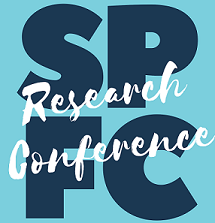Differences in risk-sensitive foraging due to the availability heuristic
Faculty Sponsor(s)
Baine Craft, Ph.D.
Presentation Type
Event
Project Type
Completed quantitative research study
Primary Department
Psychology
Description
The availability heuristic (reliance on recent events for decision making) is a systematic bias in human cognition. This experiment sought to determine if the availability heuristic impacts risk sensitivity in rats and in turn, provides an alternative to other models. Rats were randomly assigned to a Win and Loss Group. Both groups chose between a constant option a variable option. In the Win Group (n = 10) subjects experienced a run of good luck or short delays prior to choice while the Loss Group (n = 10) experience a run of bad luck or long delays prior to choice. No statistically significant difference in choice was observed between groups. Rather, data is best described by the sequential choice model, which predicts animals make choices chronologically as they encounter different choice options.
Copyright Status
http://rightsstatements.org/vocab/InC/1.0/
Additional Rights Information
Copyright held by author(s).
Differences in risk-sensitive foraging due to the availability heuristic
The availability heuristic (reliance on recent events for decision making) is a systematic bias in human cognition. This experiment sought to determine if the availability heuristic impacts risk sensitivity in rats and in turn, provides an alternative to other models. Rats were randomly assigned to a Win and Loss Group. Both groups chose between a constant option a variable option. In the Win Group (n = 10) subjects experienced a run of good luck or short delays prior to choice while the Loss Group (n = 10) experience a run of bad luck or long delays prior to choice. No statistically significant difference in choice was observed between groups. Rather, data is best described by the sequential choice model, which predicts animals make choices chronologically as they encounter different choice options.



Comments
This poster was also presented at Western Psychological Association, Pasadena, CA, April 2019